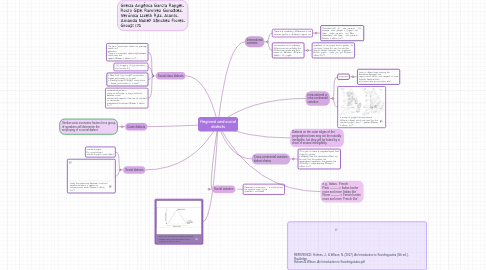Regional and social dialects
by GRECIA ANGELICA GARCIA RANGEL


1. Grecia Angélica García Rangel. Rocío Gpe. Ramírez González. Verónica Lizeth Rdz. Alanís. Amanda Nalley Sánchez Flores. Group: i71
2. Social class dialects
2.1. The term “social class” refers to prestige, wealth and education. There is a consistent relationship between social class and speech. (Holmes & Wilson, 2017)
2.2. • [h] dropping • [in] pronunciation • Post-vocalic [r]
2.3. In New York City: LOWER social status → fewer postvocalic /r/ is used; In Reading (England): HIGHER social status → fewer postvocalic /r/ is used.
2.4. Grammatical patterns Sharp stratification: a sharp distinction between social classes with regard to the use of standard vs. vernacular grammatical structures. (Holmes & Wilson, 2017)
3. Caste dialects
3.1. Similar socio-economic factors for a group of speakers will determine the employing of a social dialect.
4. Social dialects
4.1. Standard English RP: social accent Standard English: social dialect
4.2. Study the relationship between social and regional variations in relation to socioeconomic levels. (Holmes & Wilson, 2017)
5. Social variation
5.1. Received Pronunciation → a social accent; the regional origin of the speaker is concealed!
6. Study the relationship between linguistic variation and socio-economic levels. (Holmes & Wilson, 2017)
7. International varieties
7.1. There are vocabulary differences in the varieties spoken in different regions too
7.1.1. Australians talk of sole parents , for example, while people in England call them single parents , and New Zealanders call them solo parents. (Holmes & Wilson, 2017)
7.2. Pronunciation and vocabulary differences are probably the differences people are most aware of between different dialects of English
7.2.1. Speakers of US English tend to prefer do you have , though this can now also be heard in Britain alongside the traditional British English have you got. (Holmes & Wilson, 2017)
8. Intra-national or intra-continental variation
8.1. Isoglosses
8.1.1. Lines on dialect maps showing the boundaries between two regions which differ with respect to some linguistic feature (such as a lexical item, pronunciation, etc.)
